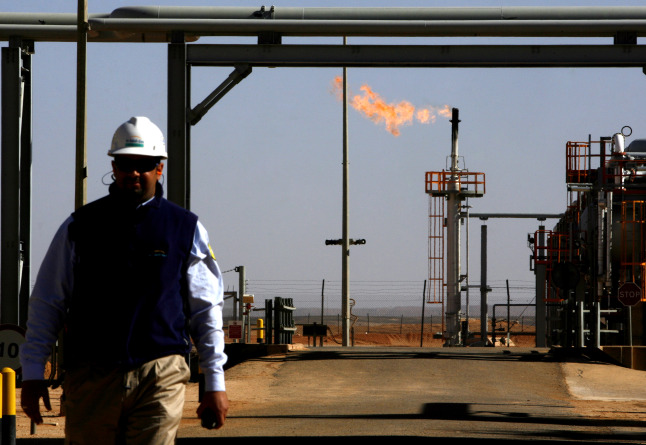
Gas investments in the Middle East and North African (MENA) region are declining, according to a report from Saudi Arabia-based Arab Petroleum Investments Corp. (APICORP).
The report highlighted worries about the challenge of meeting domestic demand given this slowdown. Private investors are taking a wait-and-see approach, driven by low gas prices, potentially putting more strain on governments.
The Gas Investment Outlook 2019-23 charts a reduction of $70 billion in gas spending from the previous report, 2018-22, but the outlook for petrochemicals has increased by 50%. Of the nine countries covered, investments are set to fall in seven. Petrochemicals are on the rise as countries focus on extracting the most amount of value from oil production.
The most notable fall in gas plans was in Kuwait, down nearly 80%, while Saudi Arabia was down 60%, with Algeria and Iran down around 50% each. Driving the $70bn reduction were Saudi and Iran. This is not necessarily a question of cutting investments, it can also be driven by major projects being completed. Saudi, for instance, commissioned its Wasit gas plant.
While the MENA region has moved towards the consumption of gas, for power generation and industry, continued access to supplies is driven by the government’s willingness and ability to pay for these supplies. This willingness will have a direct impact on meeting future supplies, APICORP said. Saudi is planning an additional 12 GW of greenfield power, while Egypt has 9 GW of projects, which “will require additional gas supplies”.
LNG supplies in the area are playing a part in meeting increased demand. Regasification terminals are on track in Kuwait and the United Arab Emirates, while Qatar is working on expanding its export capacity to 126 million tonnes per year by 2027. Around the world, for the first time, investment commitments in new LNG capacity this year passed the $50bn mark. Global demand for gas is increasing, it noted, but supply may outpace this until 2023, although a number of factors – trade wars and geopolitical tensions – are complicating such calculations.
While Qatar is working to cement its dominance of the liquefaction sector, Saudi Aramco is taking steps to become a player, having signed a deal this year for a potential interest in the Port Arthur LNG plan, in the US. Construction of Qatari trains are expected to carry a price tag of around $15bn.
Iran is leading the charge in gas and petrochemical investments, followed by Egypt, despite the countries’ share of spending to 2023 declining by $11bn and $5bn respectively from the previous APICORP report.
Saudi has made progress on its energy intensity of GDP and is increasing gas production, with the target of increasing sales gas volumes to 164 bcm per year by 2026. There are challenges to gas in the kingdom, including alternative fuel stocks, while shale production has gained some attention but carries a high cost, at $6-10 per mmBtu.
Abu Dhabi is also pursuing unconventional gas resources such as shale, in addition to offshore sour gas. The state imports gas via the Dolphin link, with LNG coming via two regas terminals. Abu Dhabi also began
Algeria must tackle the problem of low upstream spending and access to technology around maturing fields, in particular its Hassi R’mel field. Just over $8bn is expected to be invested in the country during the next five years, APICORP said. Companies working in the country’s energy sector have struggled with bureaucracy, with the report citing the recent cancellation of the $100 million debottlenecking project at the Rhourde Oulad Djemma field.
Production and exports have declined in 2019, with new fields coming onstream in the southwest providing only a “short-term fix”. Gas flaring accounts for the equivalent of 20% of Algeria’s domestic consumption, suggesting this might be one area for improvement.
The APICORP report described Egypt as “touting itself as a gas hub”, based on regional supplies, from states such as Israel, and existing infrastructure “but key elements are still amiss”. The country expects to consume 72 bcm of gas in 2020 and 92 bcm in 2021, APICORP said, citing Egypt’s plans. The North African state could run into a net deficit in 2025, on high domestic consumption and increased LNG exports.
